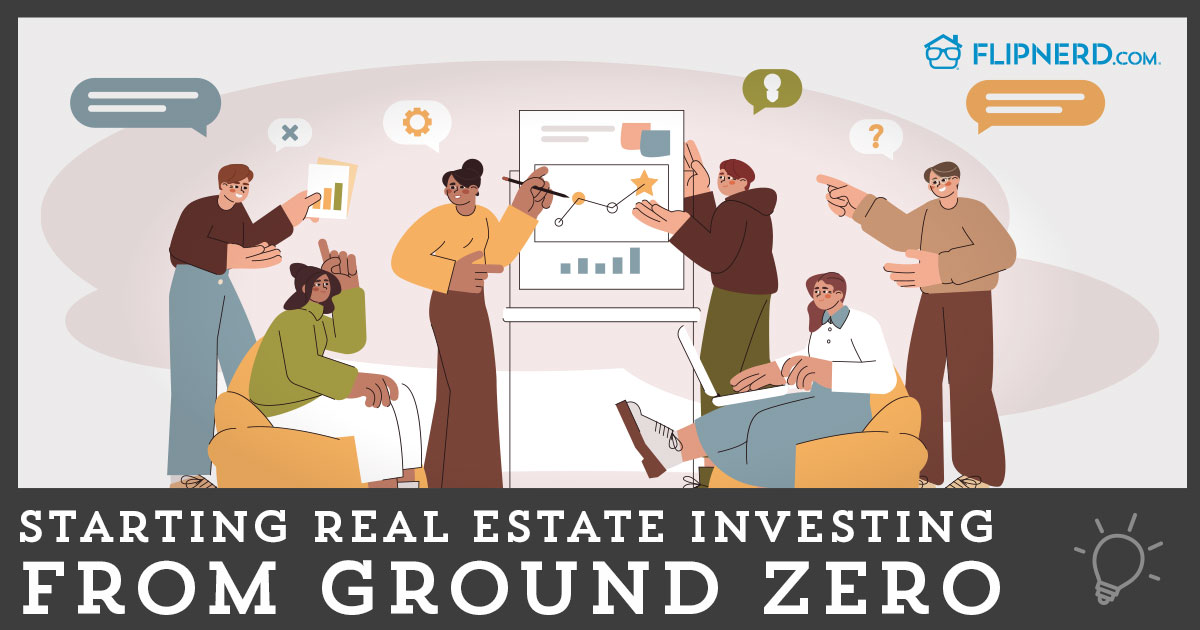“Wealth is not about having a lot of money. It is about having a lot of options.” ~ Chris Rock
Running a small business requires multi-talented professionals. As a small business owner, you need to be good at business planning; financing; implementing latest technologies; tax planning; and employee management. While it is a fulfilling experience, it can easily get overwhelming, especially when you are dealing with factors that you do not control.
The Wall Street Journal published a report, reflecting the credit abridging in small business lending by the top banking institutions of the country. The net small business lending by the top 10 banks of the country stood at $44.7 billion in 2014 against $72.5 billion in 2006.
Some of the primary reasons behind this deficit include tightened lending regulations and low profit margins in underwriting small business loans. While these reasons are up for a debate, it is important to understand that banks play a critical role in the growth of small businesses.
A report from NAV, business credit solution provider, suggests that small business owners have a limited understanding of their business credit score. In fact, their survey revealed that as many as 45% of the small business owners were unaware of the fact that their business had a credit score whereas, 72% of the surveyed small business owners didn’t know how to obtain their credit score. This lack of awareness is another primary reason limiting their ability to receive credit.
As a Solo 401k provider, our primary clientele is small business owners, and our experience with these professionals has helped us understand their financing requirements. In this post, we are going to highlight some specific features of Solo 401k retirement plan, and its utility for small business owners.
Solo 401k: How to use it for a strategic financial advantage?

Get a Participant Loan during Credit Crisis
Being a business owner, credit availability is crucial for the sustenance of a business, especially for businesses in their growth period, or facing financial adversity. According to the U.S. Small Business Administration (SBA), an average small business loan within the business industry stands between $130,000 and $140,000, with highest loans reaching $250,000. On the other hand, SBA small business loans lie within the range of $5,000 to $5 million, with a median loan of $371,000.
One of the primary reasons out of which large banks don’t prefer small loans is the amount of effort in underwriting them. The banks need to put in equal efforts for a loan worth $100,000 to $1 million, which means they are likely to prefer the latter.
If you own a small business and need a loan to fulfill a large order or add inventory, a Solo 401k participant loan can be an option. You can borrow up to 50% of your Solo 401k account balance, with a maximum limit of $50,000 per plan participant.
For an instance, if you have $200,000 in your Solo 401k account, you are eligible to borrow up to $50,000, considering the maximum borrowing limit of the plan. On the other hand, if you have $75,000 in your plan, you can borrow up to $37,500, as the 50% rule comes into effect.
Solo 401k Participant Loan: A plan participant can borrow up to $50,000 or 50% of the overall account balance.
Why Solo 401k Participant Loan is better than a business loan?
- Lower interest rates: Unlike regular business loans, Solo 401k participant loans come at an affordable interest rate, prime rate plus one percent, often lower than the average SBA loan. The average interest rates on SBA 7A loans stood between 5.75% and 8.25%, at the end of January 2015.
- No credit checks: Business loans come with a set of credit requirements, including factors like personal credit score and business credit score; size of loan; term of loan; net revenue in the last 12 months; and age of the business. On the contrary, you do not need a good credit score, a justifiable reason for borrowing, or even explain your plans to anyone. All you need to do is to fill out the loan application and make sure to follow the payment schedule.
- Interest goes to your retirement plan: Probably the best aspect of a participant loan is that your retirement plan receives the interest payments. This means you are cementing your retirement portfolio instead of paying interest to another lender
Capitalize on Your Knowledge While Investing through Non-Traditional Options

According to an analysis from Fidelity Investments®, the average IRA balance dropped to $88,700 at the end of the third quarter of 2015 against $96,300 at the end of the second quarter, reflecting the impact of stock market volatility.
Being a small business owner or self-employed professional, it is quite likely that you have developed some skills that you can bank upon, even when it comes to investing for your retirement. If that sounds like you, Solo 401k offers the perfect investment choices.
Investment options in Solo 401k: Real estate, tax deeds, tax liens, precious metals, private lending, hard money lending, and private businesses among other options
In fact, if you are a real estate investor, Solo 401k could be of great help in making the down payment, or adding real estate to your retirement portfolio. On the other hand, if you are good at identifying new trends or have found a potential business seeking funds, you can practice private money lending and generate healthy returns in comparison to the stock markets.
However, keep in mind that investment options may differ from one provider to another; so, make sure to do your research before choosing a Solo 401k provider.
Lower Your Tax Bills While Ensuring a Comfortable Retirement
“There is no such thing as a Good tax.” ~ Winston Churchill
With so many expenses at hand, the only thing that taxes can do is to further burden small business owners. A Majority o
f business owners put their entire financial life at stake while financing the business, followed by a re-investment of profits towards growth. While it can help flourish the business, the re-investment leaves no room for savings, let alone creates a retirement fund. A 2013 American Express survey revealed the same, with 60% of the small business owners not saving for their retirement.
How to Cut Your Tax Bills with Solo 401k?
- High contribution limits extend tax savings: You can contribute up to $53,000 in your Solo 401k in 2015 and 2016, along with an additional $6,000 in catch-up contributions.
- Roth Solo 401k: Unlike a Roth IRA, the IRS allows after-tax contributions to affluent small business owners and professionals. You can contribute up to $24,000 in a Roth Solo 401k plan, and savor on tax-free distributions after retirement.
On top of these tax-saving options, your contributions grow on a tax-deferral basis in Solo 401k retirement plan, benefitting from compound interests and undisturbed growth until you withdraw from the plan.









